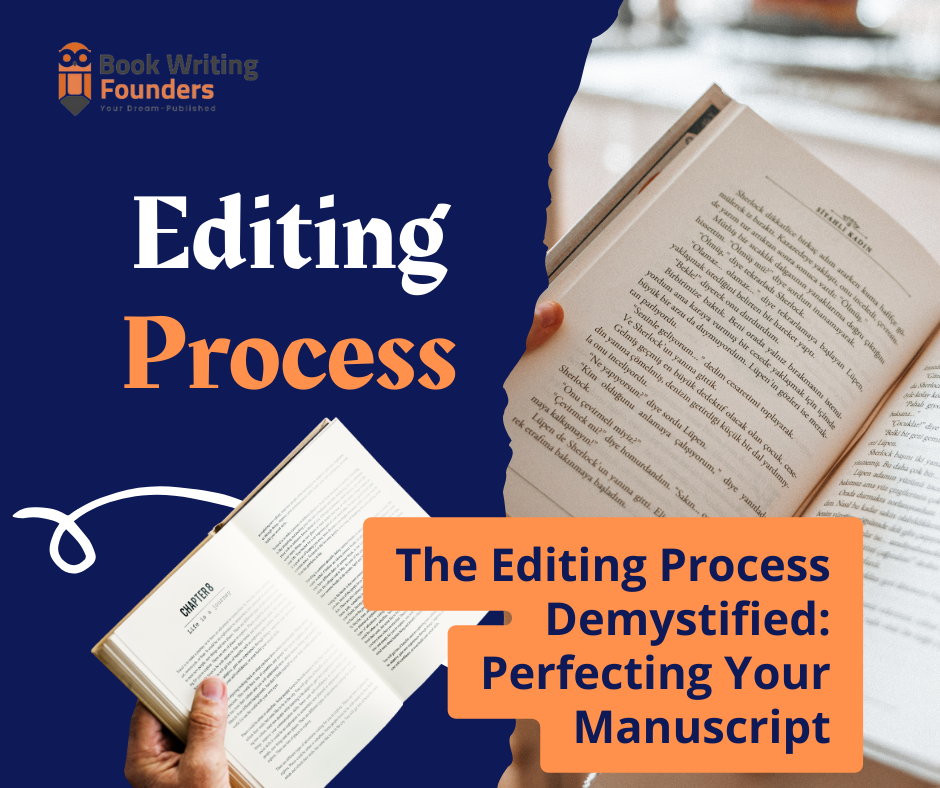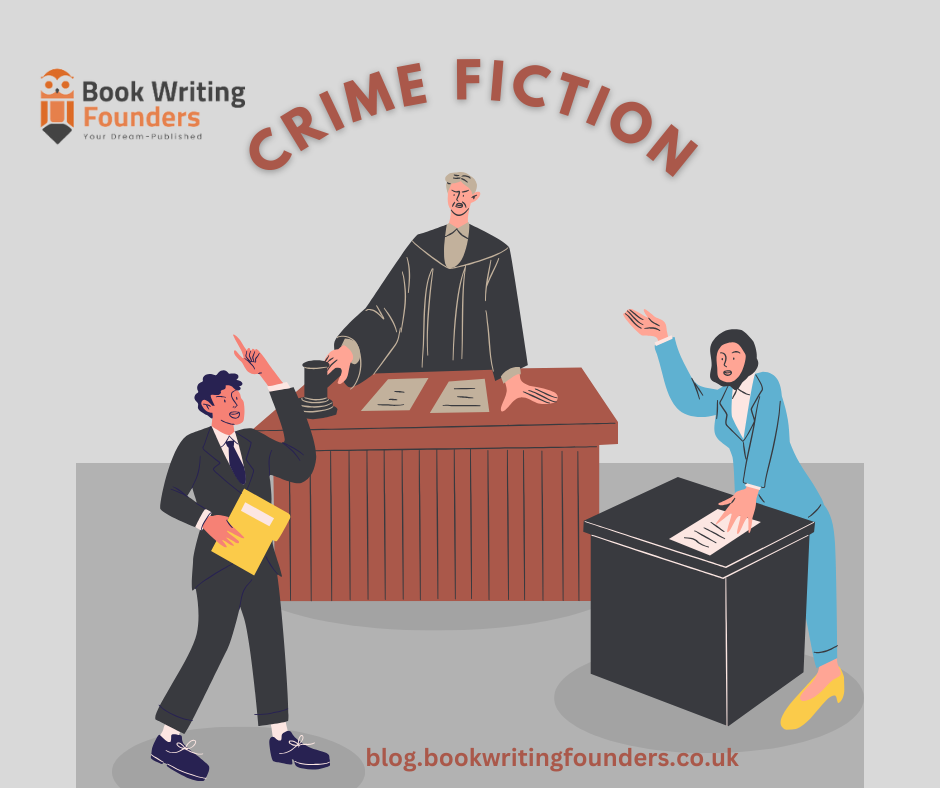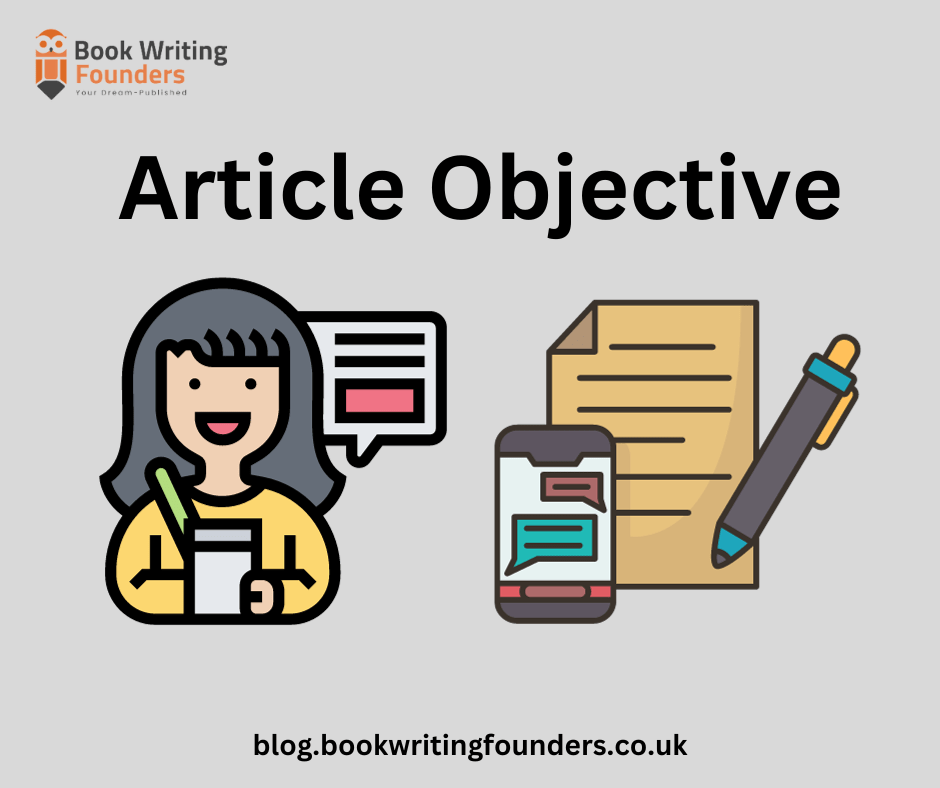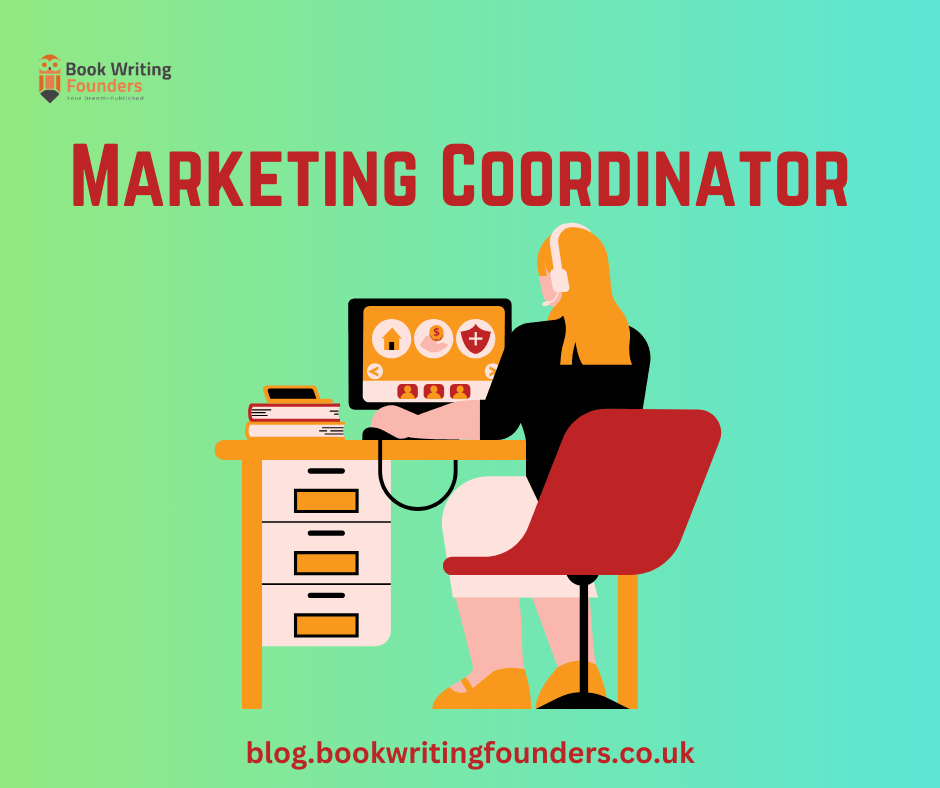
Editor
We know it is hard to write creative stories and become the next JK Rowling or Holly Black. Writing is a very long journey and also takes a lot of brain processing. But sometimes, we forget that editing can be just as hard. The journey from a rough draft to a refined manuscript can be challenging but also rewarding.
In this article, we’ll demystify the editing process from A-Z and share some of the guidance of our expert editors at Book Writing Founders UK with you.
Understanding the Editing process
Editing is not a one-size-fits-all task; it involves several stages, each with a specific purpose. Let’s break them down and explore each one in detail.
-
Self-Editing
Self-editing is the essential first step in the editing process. It involves carefully reading your manuscript to identify and correct basic errors such as typos, spelling, and grammatical errors.
Additionally, you should watch for inconsistencies in character names or plot details during self-editing. You also need to take care of any other elements that may affect the coherence and readability of your work.
This stage allows your writing to be more polished and coherent before moving on to the next editing phase.
-
Structural Editing
The next stage in the editing process is structural editing, which focuses on your manuscript’s “big picture” elements.
During this stage, you evaluate the overall structure of your work. Is the plot engaging and well-paced? Do the characters undergo meaningful development and growth throughout the story? Are there any plot holes or gaps in the narrative?
Structural editing involves identifying weaknesses in the story’s structure and making necessary adjustments. This could include rearranging scenes and removing redundant content.
Structural editing ensures your manuscript is strong and compelling in structure and storytelling.
-
Stylistic Editing
Once you have addressed the structural elements of your manuscript, it’s time to focus on the finer details of your writing style.
Stylistic editing involves refining your prose to be more polished, engaging, and readable. During this stage, you will pay close attention to the flow of your sentences and how well your ideas are conveyed.
You may need to eliminate wordiness, clarify ambiguous statements, or improve the overall coherence of your writing. Stylistic editing aims to enhance the clarity and readability of your work.
-
Copy Editing
After you have addressed the content and style of your writing, it’s time to dive into the nitty-gritty details of grammar, punctuation, and consistency.
Copy editing focuses on the technical aspects of your manuscript. It ensures that your writing adheres to grammatical rules and maintains spelling, punctuation, and formatting consistency.
Copy editors have a keen eye for detail and will identify and correct typographical errors, grammatical mistakes, or inconsistencies that may have been overlooked during earlier editing.
Their role is crucial in maintaining the accuracy and professionalism of your work.
-
Proofreading
The final stage of the editing process is proofreading, which serves as the last line of defense against any lingering errors.
During Proofreading, you thoroughly examine your manuscript to identify and correct minor errors that may have escaped previous rounds of editing.
This includes checking for spelling and punctuation errors, formatting issues, and other minor inconsistencies.
Proofreading ensures that your manuscript is error-free and ready for publication.
Why Editing Your Manuscript Matters
Now that we have seen the different editing processes involved in the manuscript let’s focus on why editing is so crucial.
-
Making Your Ideas Shine
Your first draft might have some brilliant ideas, but they could get lost in messy sentences and unclear thoughts.
Editing helps you clean up and clarify your ideas. It’s like turning a rough sketch into a polished masterpiece. By giving your work a once-over, you can organize your thoughts, making them flow smoothly and your message more powerful.
-
Fixing Pesky Errors
Typos, grammar slip-ups, and spelling mistakes happen to the best of us. But, if left unattended, they can distract your readers or change the meaning of your words.
Editing comes to the rescue! It helps you spot and fix these mistakes, making your manuscript error-free and professional.
-
Style and Tone Tweaking
Your writing style and tone matter as much as your ideas. Editing allows you to fine-tune your writing to match your audience and purpose better.
For example, you might want to sound more formal for a research paper or more relaxed for a blog post. Editing helps you adjust your style and tone, making your writing more engaging and relatable.
-
Time and Effort Saver
You might think that editing is time-consuming and a bit of a chore. But it can save you loads of time and effort down the road. You catch and fix errors early when you edit as you go or after a first draft.
This prevents them from sneaking into your work and causing headaches later. Effective editing streamlines your writing process, making it smoother and less frustrating.
-
Impressing Everyone
If you dream of publishing your work, whether traditionally or by self-publishing, editing is your golden ticket.
Publishers and literary agents see tons of manuscripts every day. They’re likelier to take you seriously if your work is well-edited and polished.
Readers also appreciate well-edited manuscripts because they offer a smoother and more professional reading experience.
Common Editing Challenges
Now, editing also has a lot of challenges, so let’s some of the common ones that writers face during the editing process:
-
Attachment to Your Work
It’s natural to grow attached to your writing. You may resist cutting out beloved scenes or characters.
Remember, editing is about enhancing your work, not erasing your creativity. Be open to changes that strengthen your manuscript.
-
Over editing
While editing is essential, over-editing can stifle your creativity. Don’t obsess over every word or sentence. Striving for perfection in each line may hinder the flow and energy of your story.
-
Skipping Proofreading
Proofreading may seem minor compared to structural or stylistic editing, but it’s not to be underestimated. Neglecting Proofreading can result in glaring errors that distract readers from your story.
Conclusion:
Editing may seem like a daunting task, but it’s where your manuscript transforms from a raw draft into an interesting story. Embrace the process, learn from it, and remember that every edit brings you one step closer to creating a work that resonates with readers.
By understanding the various editing stages, seeking external input, and embracing the challenges, you can take your manuscript from a draft to a masterpiece.





